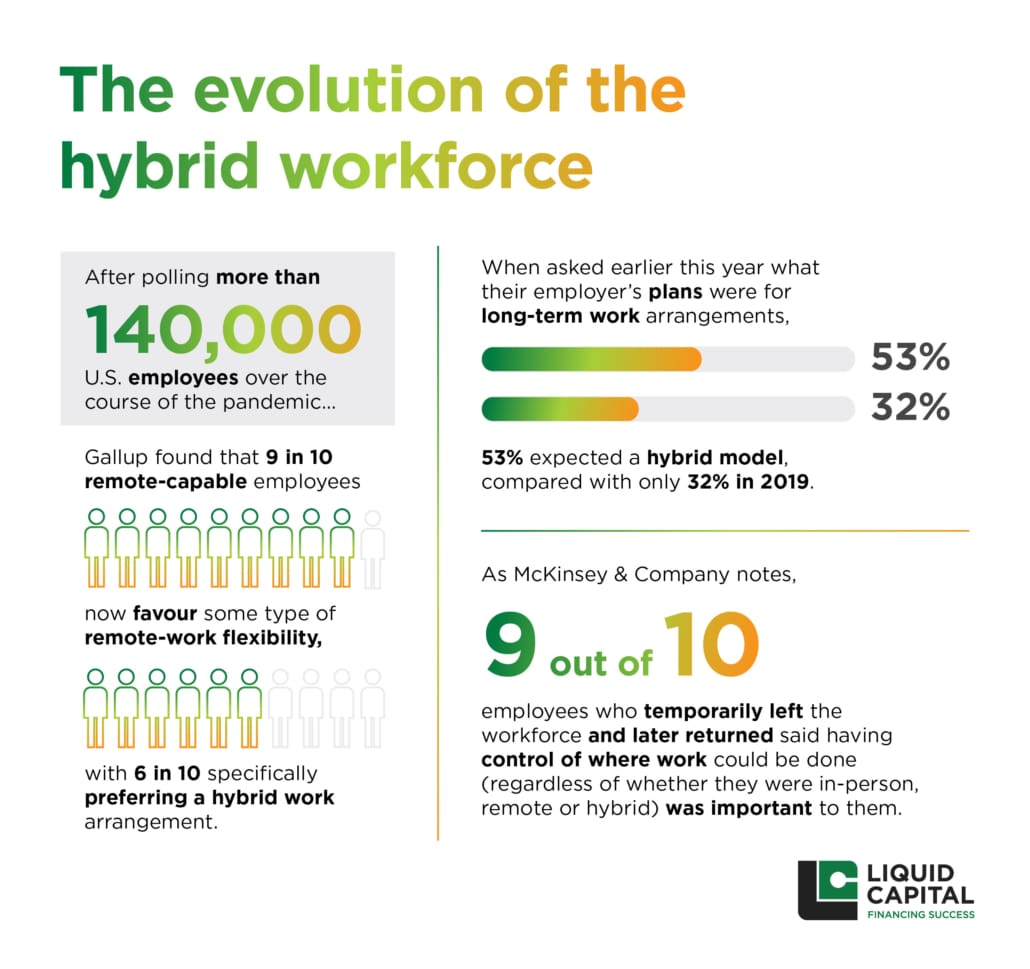Recession-proof your business and thrive during challenging times
Recession-proof your business with these top tips.

In a recession, ensuring your business has enough working capital is not only key to continuing to meet your day-to-day obligations to employees, suppliers and customers – but it can also put you in a position to take advantage of opportunities to grow.
We recently explored why it’s crucial to find the right funding partner as recession looms – not only as lending standards are tightening at traditional financial institutions, but because alternative lenders often approach the funding process from a place of understanding, empathy, collaboration and responding quickly to challenges.
Ensuring your business is prepared for recession takes a multi-pronged approach – focused on your network, your cash flow and some strategic thinking. Here are ways to guard your company against the coming challenges:
1. Know where your cashflow stands
Whether you’re trying to meet biweekly payroll or looking to take advantage of an opportunity to scale your business, you need working capital to meet your obligations. But proceeding with confidence means knowing the state of your finances, so you’re clear on whether you’re on the right track or likely to face roadblocks in the near future.
Conducting a cash flow audit is an important step, as it allows you to take a closer look at your business’s working capital over a certain period.
This will give you an updated picture of your businesses’ inflows and outflows and provide insight into any expected shortfalls before we head into recession, including whether you have more outstanding accounts receivables than you thought. If you do identify a gap, you then have the data in hand to take action to boost your cashflow, if necessary.
2. Cultivate relationships
Along with working with the right funding partner, your focus on fostering strong relationships should also extend to your suppliers. Once a pattern of ordering and payment has been established over a number of months, you may be able to request extended or flexible payment terms, if needed. Some suppliers may also be willing to give you a lower rate on bulk orders or a discount if you pay your invoice on day 10 instead of day 90, for example. All of these measures will help keep your business cash flow positive.
3. Look for growth opportunities
When you’re feeling squeezed by inflationary pressures, it can be tempting to focus on putting out fires during recessionary times and instinctive to turn down chances to expand. But, as McKinsey explains, making it through tougher economic times like these means prioritizing growth – turning short-term challenges into opportunities. For example, taking advantage of new market share if or when it becomes available, launching or improving products or services to meet customers’ evolving needs can potentially pay off in a recession.

4. Take a longer-term, strategic approach
In this environment, strategic thinking is one tool that will keep your business ahead of the curve – especially when it comes to anticipating challenges on the supply chain side or future price hikes in input costs.
Consider moving beyond a quarter-by quarter view to look at what’s happening to raw materials costs and take action to get ahead of potential increases. Recently, for example, one Liquid Capital client chose to take a longer-term view, purchasing raw materials with their invoice factoring capital – in this case, lumber – before inflationary pressures took hold. They were then able to resell the lumber to their clients using a peer-to-peer strategy at a markup that was lower than the market price.
Making strategic long-term investments, such as integrating more artificial intelligence (AI) technology into your business during this time can increase efficiency and help you come out of the recession with a competitive advantage.
5. Leverage invoice factoring to accelerate cash flow
Invoice factoring can play a part in a cost-savings strategy on the supply side – for example, when negotiating with your own suppliers for an early payment discount, using the cash you’ve received from factoring to pay your supplier can result in the supplier effectively paying for the cost of factoring.
Don’t just survive – thrive
Recession-proofing your business over the longer term can also involve working towards building a more resilient supply chain by reconfiguring supply networks, foregoing highly customized components in favour of easier to find inputs and lessening the risks of depending on only a few suppliers.
By strengthening your network, knowing where your accounts stand and thinking beyond the next quarter, you can bolster your business against the effects of a recession – and emerge from this period stronger, ready to take on your next business opportunity.
To learn more about how invoice factoring can help you or your client overcome the pressures of a recession, contact us today.









































